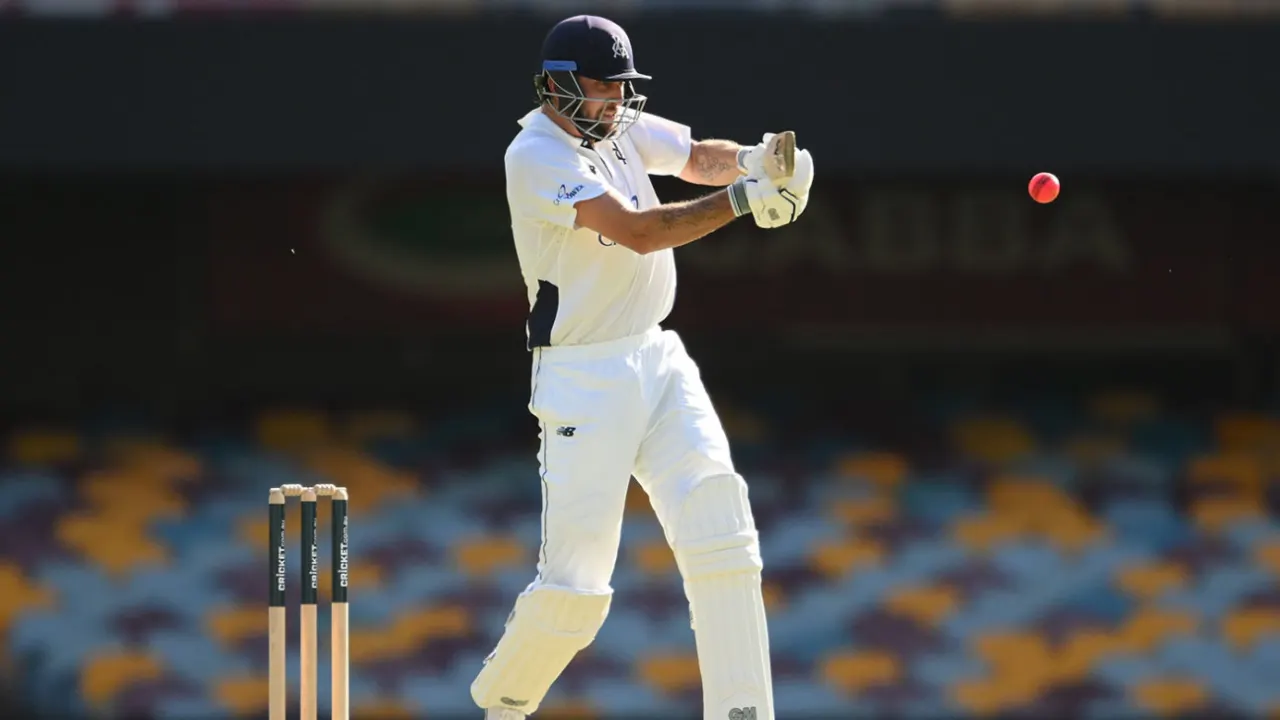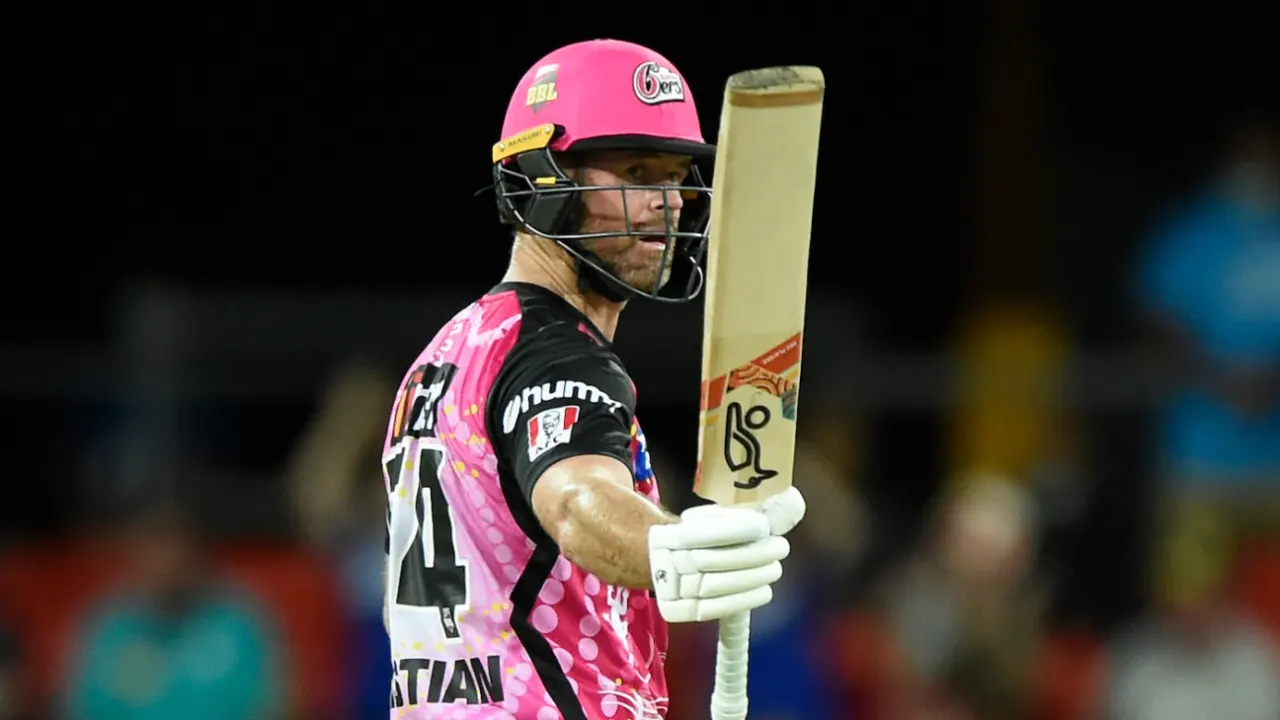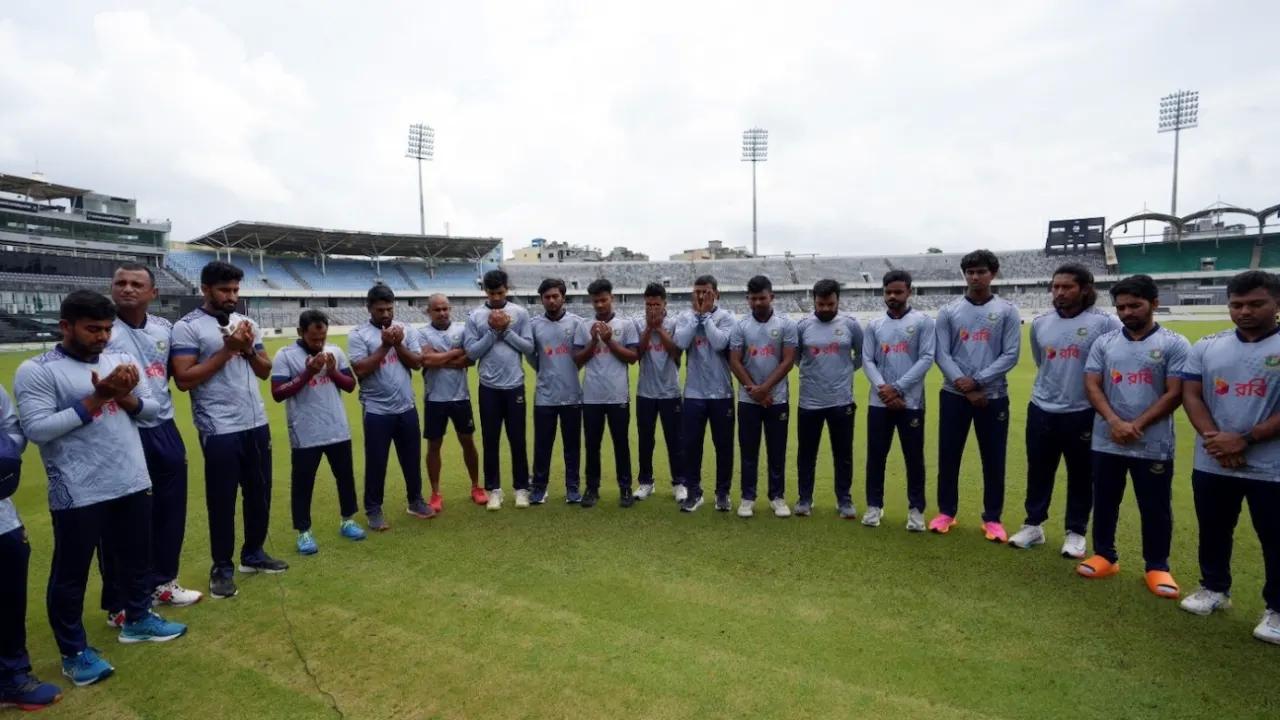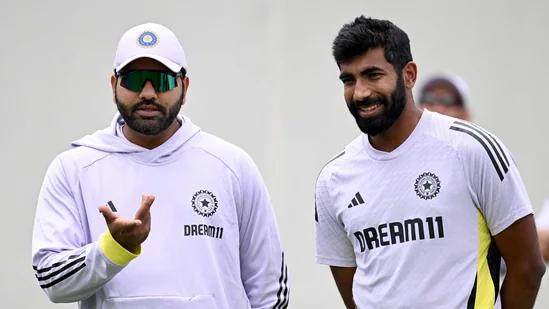IPL retentions showcase the dominance of India's top players
There are three perspectives on IPL retentions. One viewpoint sees it as a reshuffling of team dynamics, where key players may see changes in their roles. Some players are fortunate enough to retain their positions and may even be entrusted with more responsibilities. On the other hand, players who are not as fortunate may find themselves being dropped or released from the team.
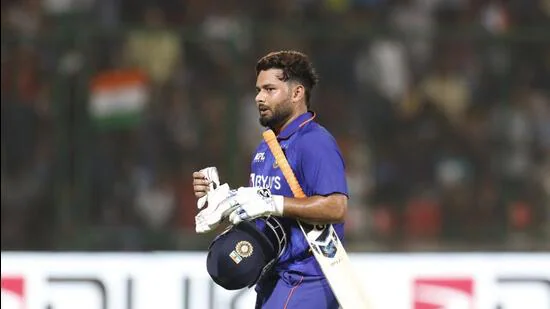
Two: It’s a merit list announcement after an exam where toppers are identified and awarded gold medals. Others, ranked lower, are rewarded basis their position on the ladder.
Three: IPL retentions are similar to annual corporate reviews. The high performers receive bonuses and pay rise. Few make the cut, many get a raw deal.
Actually, IPL player retentions are more than all these. At one level it is a riveting spectacle. The retention/release suspense is an interesting side show that generates attention that is good for the league.
The hype is because of the amounts involved. The 10 teams spend ₹120 crore each on players, a large portion of which goes towards retentions. With teams desperate to keep top Indian talent, Virat Kohli, Rohit Sharma, Rishabh Pant, Hardik Pandya simply sit back and see their value climb. Indian superstars command top price in the retention market. It won’t be surprising if the ₹25 crore ceiling for player salary is hit for a six this time.
The point often missed is retentions are about the squad, not just players. Smart retentions enable teams to find their best combinations, fill gaps in the squad and eventually put out the best 11. In the quest of winning IPL, retentions allow teams to course correct and reset.
Teams want to retain their main players because continuity is important, for cricket and commercial reasons. However, some disagree, believing that all players should go to the auction to provide every team an equal chance to bid for talent. With all teams starting from zero, the league gets energised. Faced by these conflicting views, IPL played safe and drew a line in the middle – six retentions, including RTMs (right to match).
Player retentions, auctions and building a squad within a specified budget are a fundamental part of IPL. As a closed league with no promotion/relegation, it is critical that teams have the same resources, compete on a level playing field and thus have an equal chance of winning. That’s why the ₹120 crore salary cap is important. Without this a rich franchise could scoop up all available talent, placing others at a disadvantage.
But the situation isn’t cut and dried. The ₹120 crore player purse exists but there are ways to get around this. Teams can spend money beyond this for player transfers, plus there are possibilities of separate sponsorship contracts offered to players to sweeten a deal. Before this retention cycle teams could theoretically pay someone ₹30 crore but a lower fixed amount was deducted from their kitty. A ceiling was in place but clever teams used this convenient bypass to beat the system. Fortunately, that flawed rule is now gone.
This time the rules are more transparent but teams have to deal with tricky questions; most notably, who to retain. With some it’s straightforward because nobody wants to lose their key assets. That’s why MS Dhoni and Kohli are forever attached to Chennai Super Kings and Royal Challengers Bengaluru. Teams look to retain proven performers and young talent that will serve them for the next three-year cycle.
Punjab Kings might not have quality players that meet these criteria but Rajasthan Royals and Kolkata Knight Riders have a challenge choosing players they don’t want to release. It’s a decision that troubles Rohit Sharma before the toss: who should he leave out from among Ravichandran Ashwin, Ravindra Jadeja, Axar Patel and Kuldeep Yadav, because most times only two spinners can play. Every teenager knows it’s tough to decide when to retire his comfortable sneakers and go shopping for a new pair.
For team owners, a related googly is how much to pay. In price negotiation with a ‘must have’ player the team is on the backfoot. Not only from the demand-supply angle but also given the background that teams are hugely profitable, and Hardik made a strong statement last season about player power.
The cricket review will confirm the ground reality that IPL retentions demonstrate the power of elite Indian players. It is this exclusive group that has the most fun.
Stay informed with the...RELATED STORIES
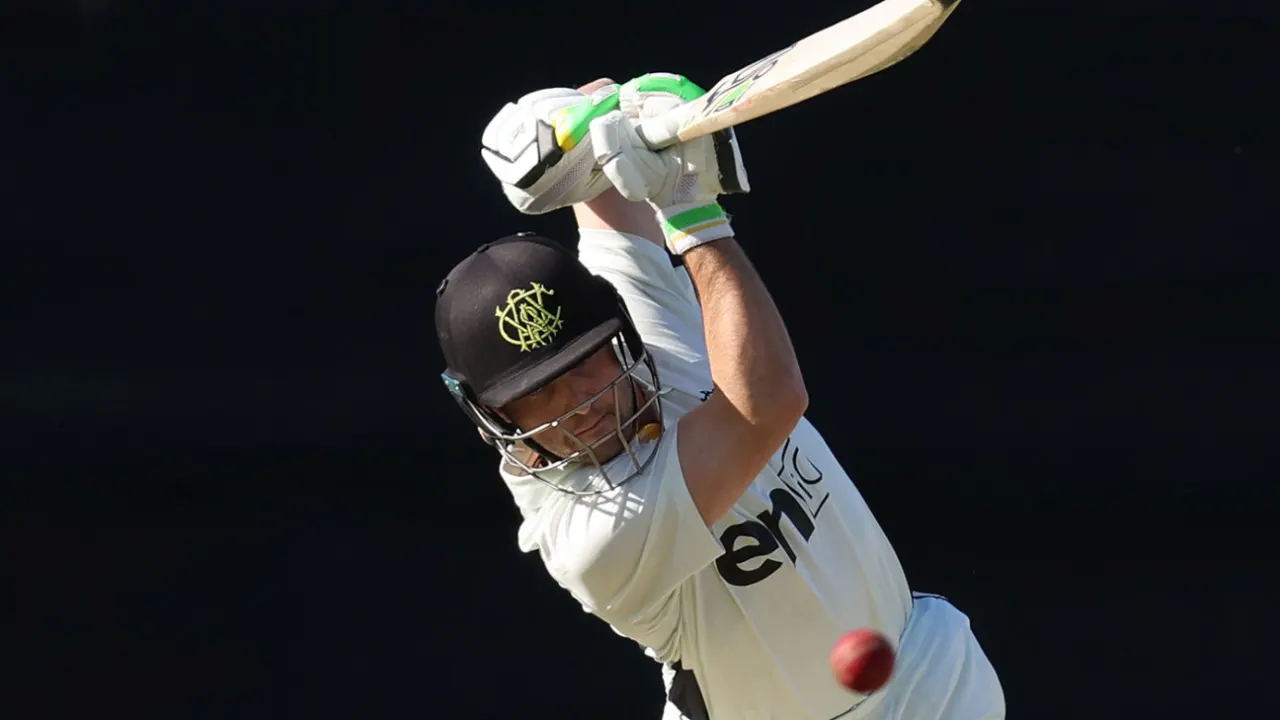
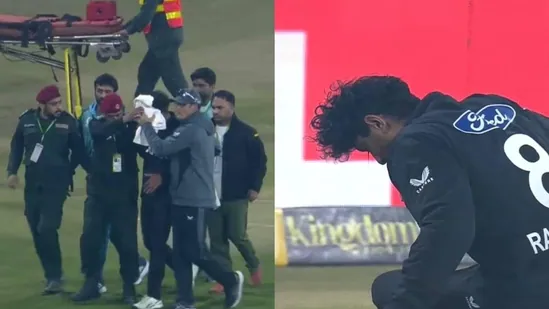
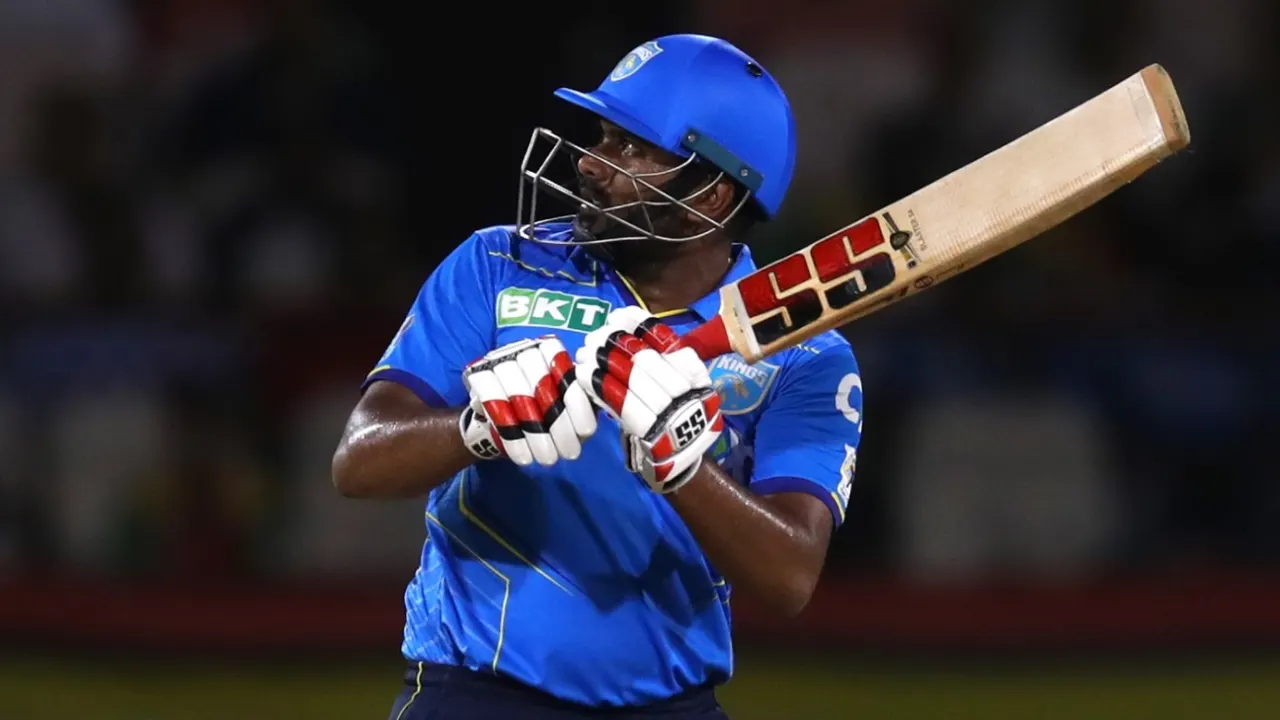
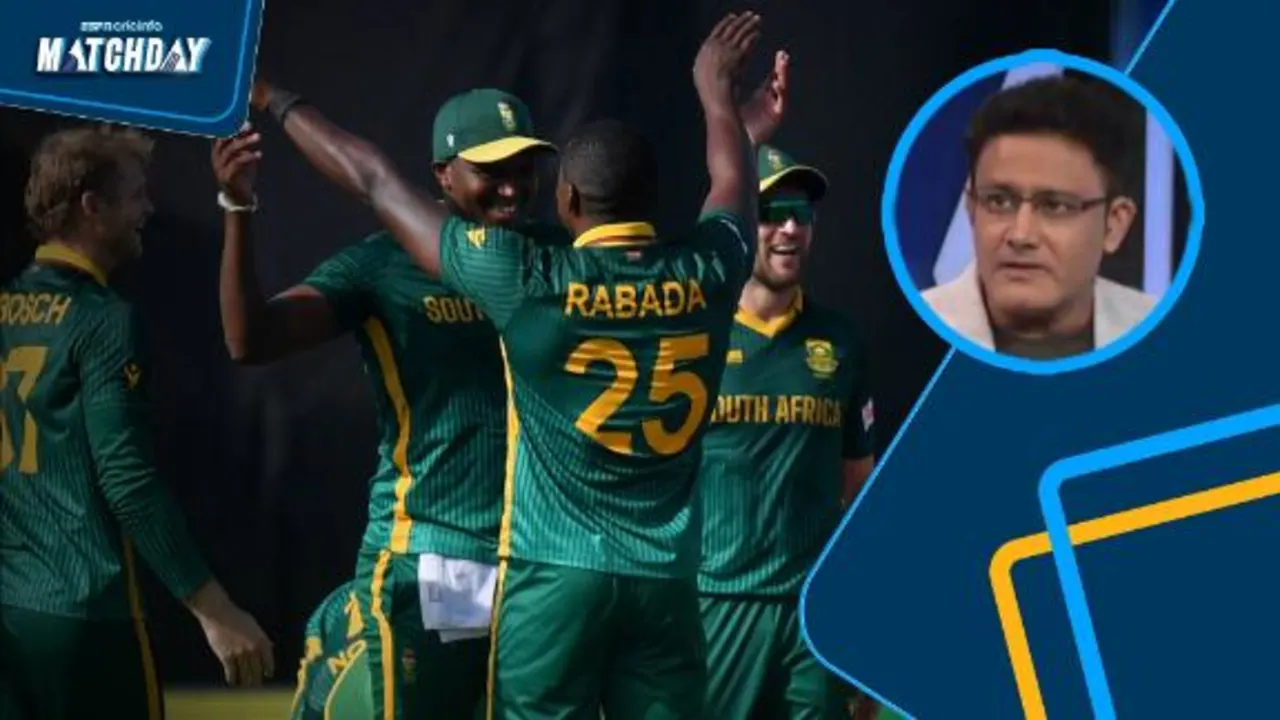
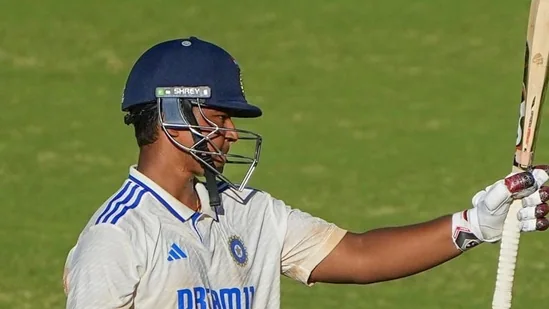
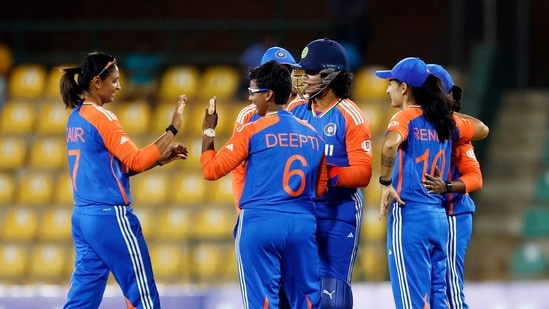
LATEST NEWS


